|
The short answer is yes, you can print using linoleum flooring. While they are very similar, I found there were some differences to this material from artist grade linoleum. Recently, my sister (who works for a flooring company), gave me some samples of discontinued linoleum flooring to try. On initial inspection, they looked almost identical to battleship grey artist grade lino. To touch, I found that the flooring was more pliable and had a very, very slight texture to the cutting surface. I did not sand this sample down, because I wanted a baseline test to see what out-of-the-box lino would be like to work with. In future tests though, I will take a very fine grit sandpaper to the surface to reduce this. It almost feels like a surface coating. Cutting the flooring was a pleasure. I honestly breezed through the entire sample. It was somewhere between a soft block and standard artist grade. It held the tool well without me feeling like I had to force anything. The line quality was decent. One thing I noticed though was hit the bottom layer very easily (making for a not as pretty block) Since it is a thinner material, there is a finer layer of the linoleum surface on the hessian. Once I got to inking the piece, I noticed the surface texture a lot more. It is very smooth but minutely pebble like to touch. When I rolled the brayer of oil based ink on it, I noticed it didn't drink it up quite the same way as the first layer of ink on artist grade linoleum. I let it sit for a moment to soak in, applied another coat of ink and then proceeded to print. After a few proof prints, it printed almost identically for for the first 10 prints or so. I achieved nice inky, deep blacks and crisp lines with the usual amount of effort. As an aside, I pull prints with the help of an antique book press, so I don't know if hand burnishing would get the same results. I found after about 10 prints, I started fighting an odd resistance to the ink. I noticed my edges were fuzzing out a little here and there and had a closer look at the block. I appeared to be that the all the cut lines were pushing back the ink. I blotted the block when I noticed this happening and it seem to alleviate the issue for a few prints but it always came back. I'm pretty sure sanding the coating off the top layer is the way to fix this issue. All in all, I will keep experimenting on this, for sure. I really like how it carved and I like the fact that if I wanted a bigger piece to work on, this would be an economical way to get materials. I'm not worried about the "artist grade" part of this on a conservation level because the time span that a block is in use is so short and the contact with things that need to be artist grade (ink and paper) is very brief, it wouldn't have much of an effect. Remember, flooring is where linocut printmaking all began in the Die Brucke movement... it was a cheap, easily sourced alternative to woodcut blocks.
Stay tuned for the reveal of the print I made with this block! I'm not quite done with it yet. Comments are closed.
|
AuthorMichelle Wiebe Categories
All
Archives
July 2024
|
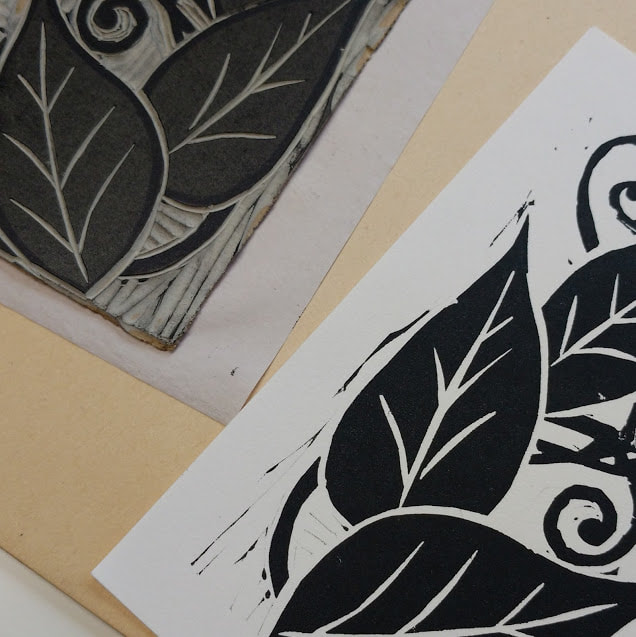
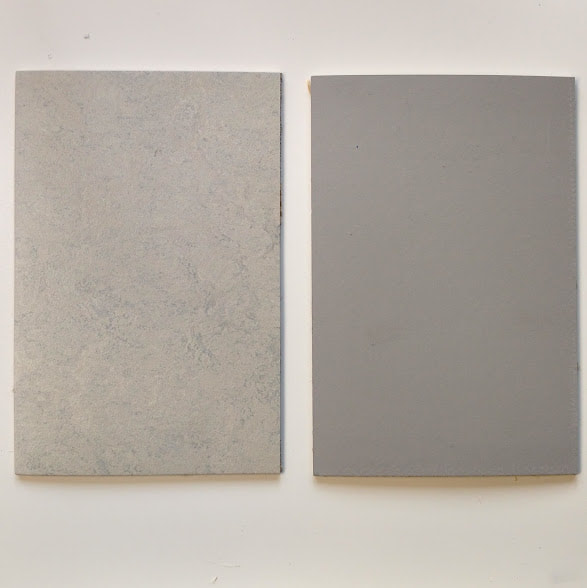
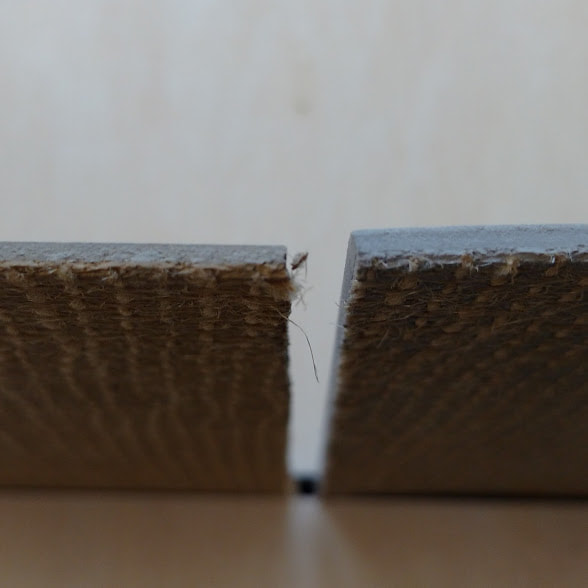
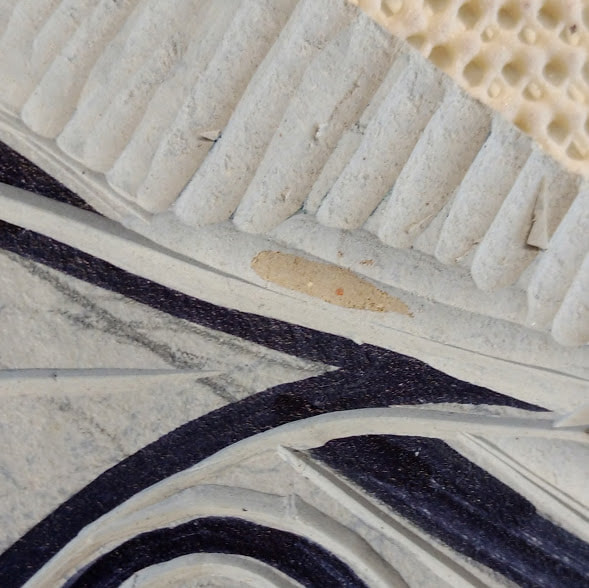
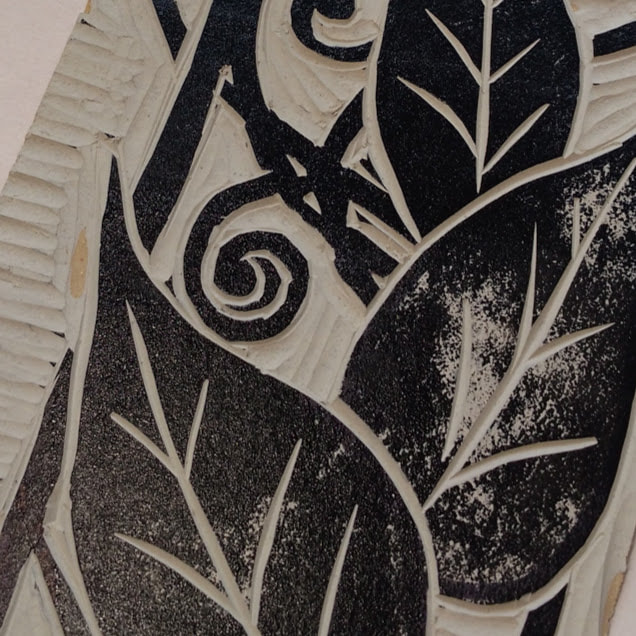
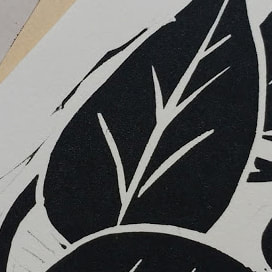
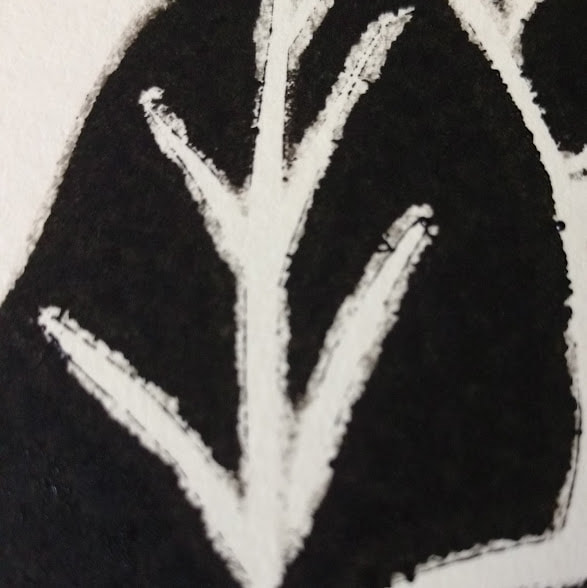
 RSS Feed
RSS Feed